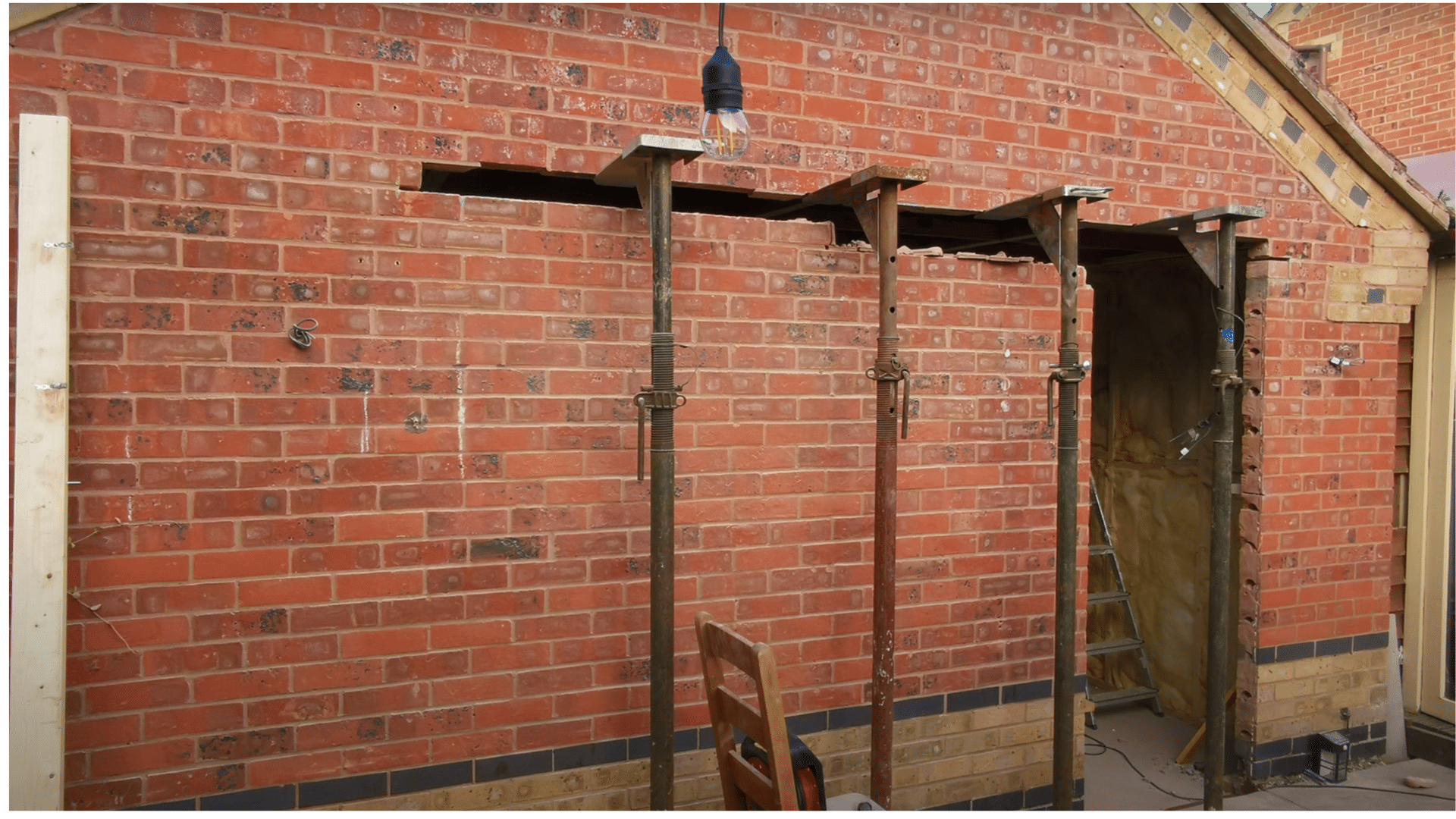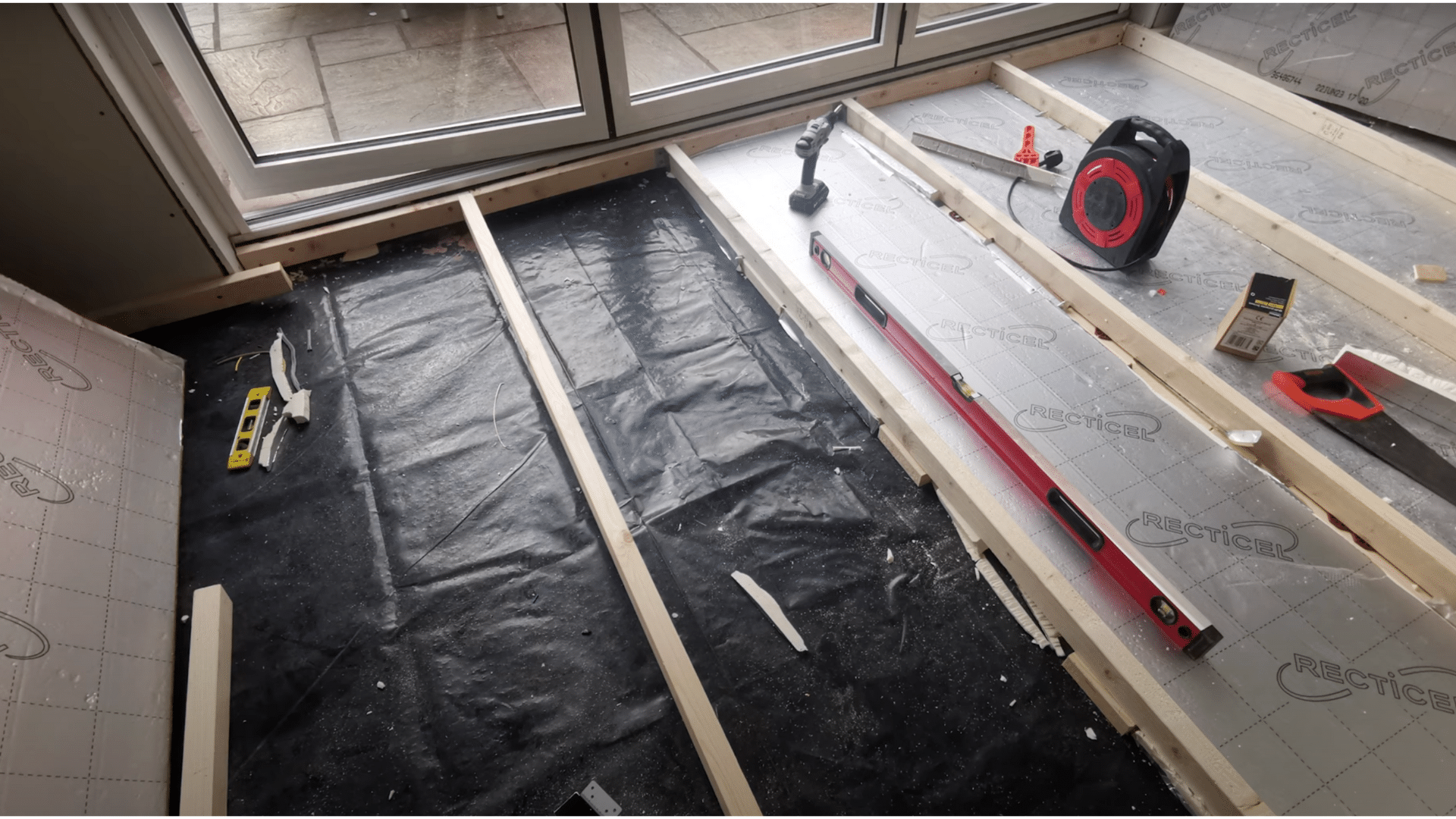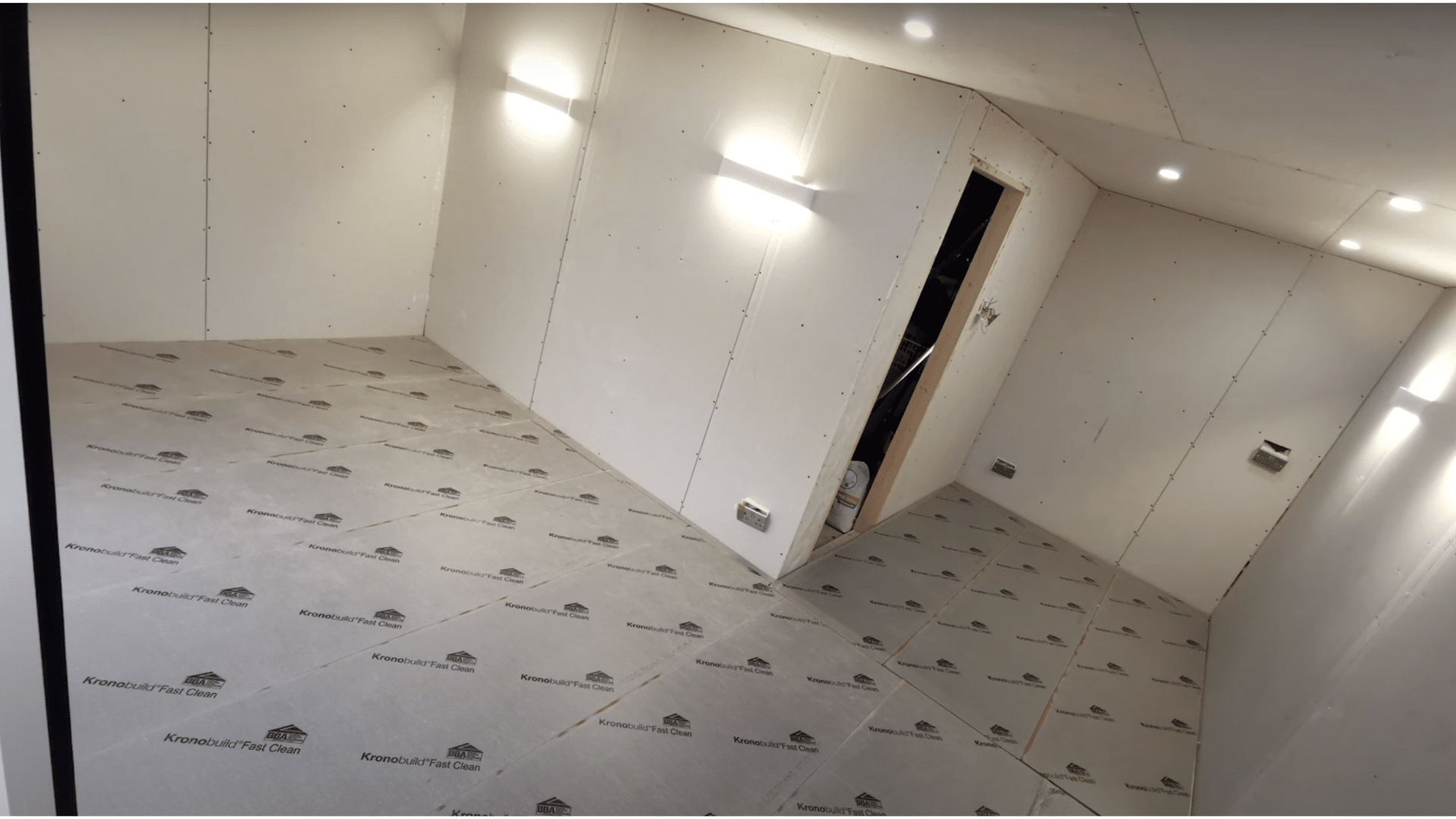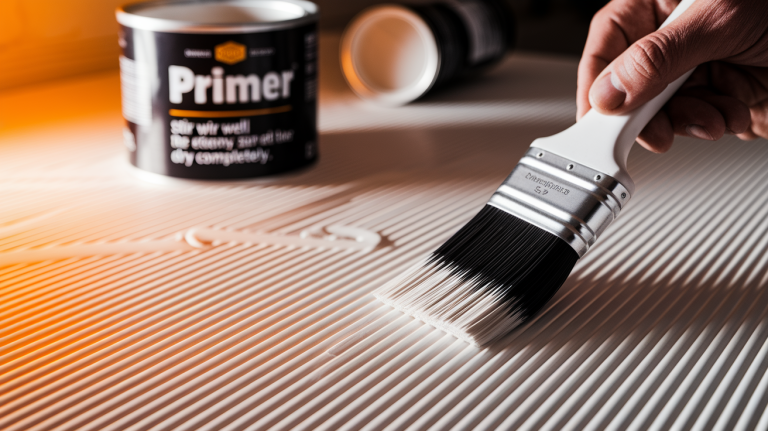How to Convert a Garage Door into an Entry Door?

Ever looked at your garage door and wondered, what if this were a real front door instead?
Lots of homeowners are finding that converting their garage door into a proper entry door can be a game-changer for their home’s appearance and functionality.
Think about it, instead of that big, bulky garage door dominating your home’s front face, you could have an attractive, welcoming entrance that actually looks like it belongs on a house.
Plus, you will get easier access to your home and potentially boost its value too.
Ready to change that garage space into something amazing?
Why Convert a Garage Door to an Entry Door?
Let us understand the benefits of converting the garage door into a new entry door.
An entry door keeps your home more private and secure compared to a garage door, while making it simpler to go in and out without having to open that big, heavy garage door every time.
A good entry door can help keep your home warmer in winter and cooler in summer, saving you money on energy bills.
Plus, an entry door with quality locks can make your home much safer than a standard garage door.
Many entry doors also come with windows or glass panels that let more natural light flow into your home, brightening up the space and making it feel more welcoming.
How to Plan the Conversion?
Before jumping into the actual work, it is important to plan out your garage door conversion properly. Here are the key things to consider:
- Check Your Current Garage Door: Look at whether it’s single or double, what material it is made from, and if it’s in good condition to be removed.
- Pick Your Design Style: Decide if you want a solid door or one with glass panels, making sure it matches your home’s look.
- Research Permit Requirements: Contact your local city hall to see if you need permits, especially if you have an HOA.
- Consider Your Priorities: Think about how much light, privacy, and security you want from your new entry door.
Materials and Tools Required for Your Garage Door Conversion
| MATERIAL/TOOL | PURPOSE |
|---|---|
| New Entry Door | The main door that will replace your garage door |
| Framing Materials | Wood or metal pieces to build the new door frame |
| Insulation | Keeps your home energy efficient and comfortable |
| Sealant | Prevents air and water leaks around the door |
| Tool Kit | Basic tools like a drill, a saw, a level, and a measuring tape |
| Door Frame Kit | Pre-made frame components for easier installation |
| Paint or Stain | Finishing touches to match your home’s style |
| Weatherstripping | Extra protection against drafts and moisture |
| Shims | Small wedges to ensure proper door alignment |
Step-by-Step Process for Creating Your New Front Door
Now, let us go through the step-by-step process to help you successfully convert your garage door into an entry door.
Follow these simple steps to get started!
Step 1: Plan the Layout and Get Necessary Permissions

Before starting, sketch your garage conversion layout with accurate measurements, including door placement.
Contact your local council to determine if planning permission or building regulations approval is required.
This ensures the project is compliant and helps avoid issues when selling the home.
Step 2: Frame the Wall and Door Opening

Use treated timber to frame the new wall where the garage door was.
Secure the bottom plate to the concrete with masonry screws and build vertical studs at 600mm centers to match plasterboard dimensions.
Ensure everything is level and plumb before cutting and fitting the door opening within the stud frame.
Step 3: Install the Door Frame and Entry Door

Purchase a door frame kit and fit it into the framed opening.
Check repeatedly for square and plumb alignment before securing the frame.
Add packers for proper spacing and test the door’s swing.
Secure with masonry screws and use a plastic membrane below to prevent moisture ingress.
Step 4: Insulate and Board the Wall

Add insulation like 100mm Rockwool between the studs, using spray adhesive to prevent sagging.
Then, screw plasterboard onto the frame, aligning it with the studs for a snug fit.
Ensure all wiring and socket boxes are installed before sealing the wall with plasterboard.
Step 5: Finish the Floor and Add Interior Touches

If the garage floor slopes, level it with timber joists and install chipboard flooring.
Leave space for insulation and laminate. Use wood glue for a secure fit.
Complete the look with plastering, painting (starting with a whitewash), and trim work around the new door for a polished finish.
Step 6: Seal, Test, and Finalize the Entry

Apply expanding foam around the door frame for waterproofing and insulation.
Test the door for smooth operation.
Add beading and rubber trim to secure and weatherproof the glass.
Once confirmed, seal, decorate, and furnish your newly converted space.
Video Walkthrough: See How Experts Do It!
For more information, check out this video tutorial by DIY DAN
Finishing Touches
Once the door is installed, it is time to add the final details for a polished look.
Make sure the door frame is installed neatly around the door, since a good frame helps the door fit properly and adds to the overall appearance.
If you want the door to match your home’s style, you can paint or stain it to give your new entryway a fresh, stylish look while protecting it from the weather.
Finally, check that the door opens and closes smoothly and that everything is sealed well.
This ensures your new entry door is both functional and looks great.
Budget Breakdown: Costs and Options for Your Conversion
| ITEM/OPTION | COST RANGE | DETAILS |
|---|---|---|
| Entry Door | $200 – $1,500+ | Varies by style, material (wood, fiberglass, steel), and brand |
| Framing Materials | $50 – $300 | Wood, nails, screws, and other framing supplies |
| Sealant & Insulation | $50 – $150 | For proper sealing and energy efficiency |
| Labor (Professional) | $200 – $500/day | Varies by location and job complexity |
| Permits | $50 – $250 | Depends on local building regulations |
| Tools (DIY) | $100 – $500 | Saw, hammer, measuring tape, level, etc. |
| Paint/Stain Supplies | $30 – $100 | Paint, brushes, and finishing materials |
| Miscellaneous | $20 – $100 | Extra screws, fasteners, and caulk |
| DIY Total | $500 – $2,900+ | Cheaper but requires time, skills, and tools |
| Professional Total | $700 – $4,400+ | More expensive but faster with expert results |
Common Mistakes to Avoid
Do not let simple mistakes turn your garage door conversion into a costly headache.
Here are the most important pitfalls to avoid:
- Measure Twice, Buy Once: Double-check all measurements before purchasing your door to ensure a perfect fit.
- Never Skip Proper Framing: Always frame the opening correctly, or your door will be unstable and problematic.
- Don’t Forget Insulation and Sealing: Poor insulation and sealing lead to drafts, water leaks, and higher energy bills.
- Check Local Codes First: Research permit requirements and building codes before starting to avoid legal issues.
- Take Your Time: Rushing the job leads to mistakes that cost more money and time to fix later.
Wrapping It Up
Converting your garage door to an entry door is one of those home improvements that pays off in so many ways.
You will love how much better your house looks from the street, and your family will appreciate having a proper front entrance that actually feels like home.
This project is totally manageable with some planning and patience.
And once you are standing in front of your beautiful new entry door, watching neighbors do double-takes at your home’s amazing makeover, you will know every bit of effort was worth it.
Frequently Asked Questions
Can I Convert Any Garage Door into an Entry Door?
Not all garage doors are suitable for conversion. The size and structure of the door opening need to be taken into account. It is important to check if the opening can fit a standard entry door.
How Long Will It Take to Complete the Conversion?
The time needed can vary. If you are doing it yourself, it may take a few days depending on your skills. Hiring a professional could get it done in one or two days.
Can I Use the Existing Garage Frame for the New Door?
In most cases, the existing garage frame needs to be modified or reinforced to fit the new entry door. It is important to ensure the frame is strong enough to support the new door.






